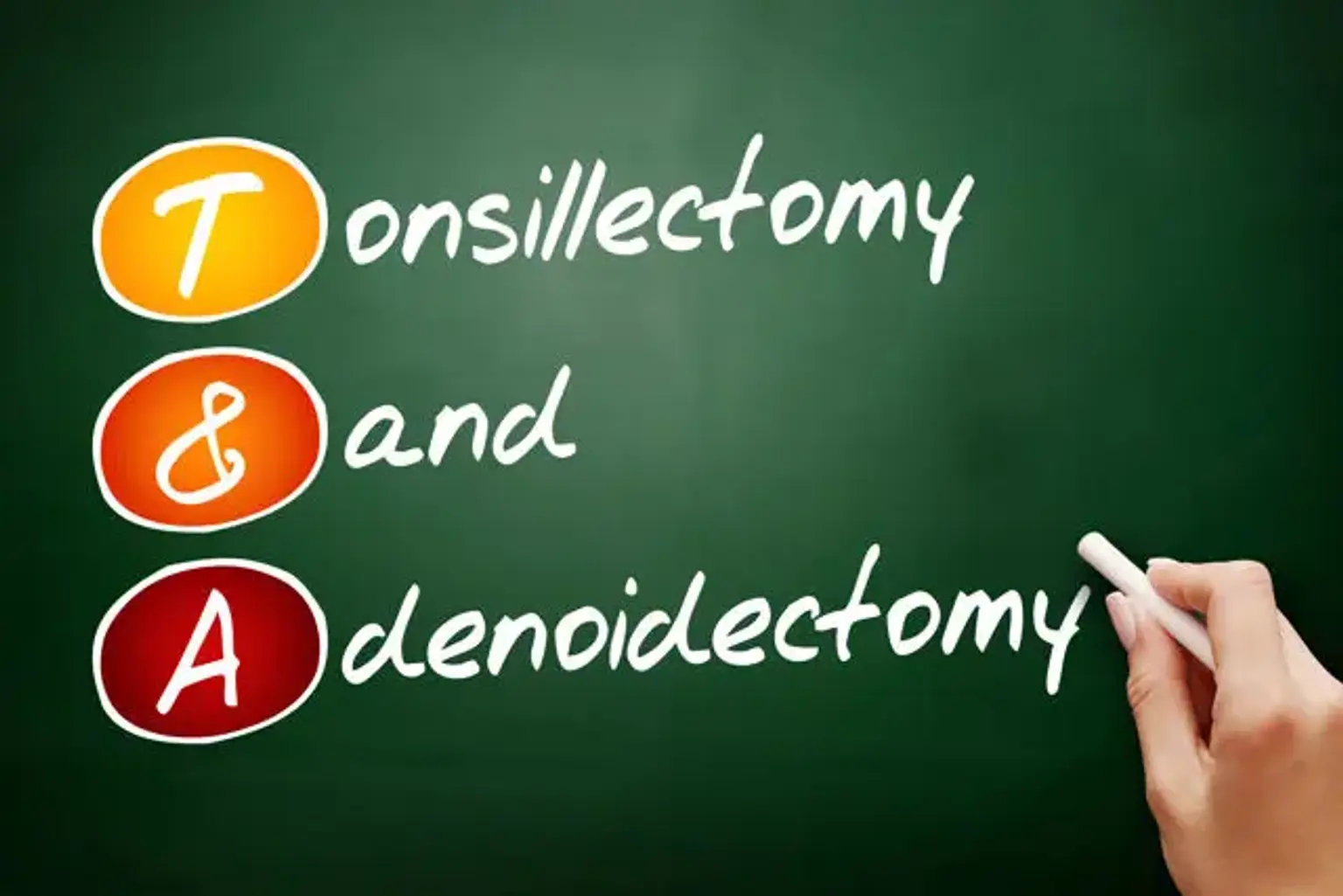Adenotonsillectomy
Tonsillectomy is one of the most popular surgical procedures in the United States. Each year, almost 550,000 cases in children under the age of 15 are conducted. Sleep-disordered breathing and frequent throat infections are two common causes of this operation. Tonsillectomy has been linked to a number of problems, including hemorrhage, velopharyngeal insufficiency, and dehydration. Tonsillectomy is defined as a surgical intervention usually performed with adenoidectomy that entirely removes the tonsil and its capsule, by dissecting the peritonsillar space between the tonsil capsule and the muscular wall, according to the Academy of Otolaryngology-Head and Neck Surgery in America. It may represent tonsillectomy with adenoidectomy, depending on the situation, especially in relation to sleep-disordered breathing.
Tonsillectomy is still a popular operation and one of the most common major surgical procedures performed in children, despite its long history. This treatment is still fraught with controversy, particularly when it comes to surgical reasons and surgical technique.
Adenoidectomy is a surgical treatment that removes the adenoids. The lymphoid tissue in the back of the nose is known as adenoids. They are frequently misunderstood by the general population and non-otolaryngologists because they are rarely seen during standard physical examinations due to their position. Despite the fact that adenoids and tonsils have the same tissue constitution, diseases linked with infected adenoids differ from diseases associated with infected tonsils due to their locations. This adds to the confusion because the adenoids are sometimes lumped in with the tonsils when academic articles publish results. An adenoidectomy is frequently performed in conjunction with other surgeries (e.g., tonsillectomy, placement of tympanostomy tubes).
